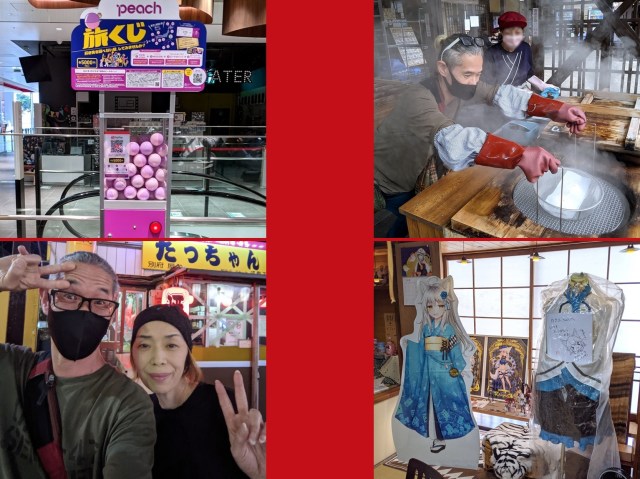
A small discount sends us on a big adventure to the other side of Japan.
Recently, Japanese airline Peach brought gacha capsule vending machines to a bold new frontier with its Tabikuji (“Journey Lottery”) promotion. The two Tabikuji machines, one in Tokyo and one in Osaka, look like ordinary capsule toy vending machines, but inside each capsule is a piece of paper with a random airport name on it, and a voucher for an amount of Peach Points that can be put towards a ticket to or from that airport and either Narita (for Tabikuji bought in Tokyo) or Kansai International (for Tabikuji bought in Osaka).
While they don’t contain full tickets, like we’d originally thought, each Tabikuji costs 5,000 yen (US$46) and contains a voucher good for at least 6,000 Peach Points, equivalent to 6,000 yen. That was the amount our reporter Mr. Sato got for his Tabikuji to Oita Airport (OIT), working out to essentially a 1,000-yen discount. Not much, but still, if you ask him whether he’d rather pay 1,000 yen more or 1,000 yen less, he’ll choose 1,000 yen less every time, and now with an excuse to fly off to Japan’s southwestern island of Kyushu, he wasted no time booking his ticket.
He did, however, end up wasting time getting to the airport, as he mistakenly got halfway to Haneda (the other airport in the Tokyo area) before remembering that it was Narita he was flying out of. Luckily, he had just enough time to pull a U-turn and make it to the gate in time to board the two-hour flight to Oita Airport in Kunisaki.
Oita’s claim to fame is the huge number of hot springs to be found in the prefecture, especially in the town of Beppu. Mr. Sato even got a warm hot spring-style welcome as he got off the plane and came across a cute anthropomorphic bathing bucket smiling at him.
There’s even a free-to-use hot spring foot bath inside the airport!
Heading out into the warm sunlight, Mr. Sato’s heart was full of excitement. Unfortunately, his stomach was empty, since he’d been planning to grab breakfast before getting on the plane before his Narita/Haneda mix-up left him with no time. On the bright side, as soon as he got off the bus he caught from the airport to Beppu, he came across a food court with a restaurant called Toyoken, which claims to be the first restaurant in Japan to make chicken tempura.
Mr. Sato wasn’t able to confirm that, but what he can say for sure is that their tempura chicken tastes great.
Mr. Sato had arrived in Beppu with no set plans beyond the “mission” that had been written on a piece of paper in his Tabikuji capsule. These missions are completely optional, but completing them gives you an additional 3,000 yen worth of Peach Points to use for future flights, and his was to visit the town’s Oniyama crocodile park.
His more pressing personal objective, though, was to find a hotel for the night, and he figured the best way to do that was to mosey on over to Beppu Station, since affordable hotels tend to cluster around rail stops in Japan. To get there, we walked through the town’s covered shopping arcade, which is called Kitahama, and it was like walking back in time.
The place has a retro feel, almost as if it hasn’t changed from the 1950s or ‘60s. Nothing is crumbling or rundown, though, and seeing the classic architecture looking so freshly scrubbed gave him a sense of what it must have been like to stroll down the street when the buildings were new.
▼ This old-school theater was especially cool.
And yes, there’s another hot spring foot bath in the shopping arcade, this one unmanned and charging guests 100 yen on the honor system.
▼ More classic architecture with this public hot spring bath
Again, at this point Mr. Sato had no idea where he’d be sleeping that night. Still, as a wise man he knows that no matter what important things you have on your to-do list, there’s always time for ice cream, so he couldn’t resist stopping for a snack at this ice cream parlor called Genova.
The shop lets customers sample any and all of their flavors before making a decision, and Mr. Sato settled on a mix of pistachio and caramel, both of which were delicious.
When he mentioned he’d come from Tokyo for sightseeing, the clerk, Ms. Abe, gave him a map, and even circled a couple of her favorite off-the-beaten-path hot springs on it, including one that’s only open in the morning.
After satisfying his sweet tooth (temporarily) Mr. Sato made it to the station, where he quickly found a no-frills business hotel with vacancies for the night.
It was still too early to check in, but he did get to drop off his bag at the front desk before heading out to the zoo to complete his mission, and also partake in a very unique culinary experience elsewhere in town.
The Jigoku Mushi Kobo, or “Hell Steaming Workshop,” is an eatery where customers cook their own food, but not on a griddle or barbeque. Instead, you cook your food using the superheated steam that rises from Beppu’s underground hot spring water!
After purchasing your uncooked food, you get outfitted with a pair of thick protective gloves, and the staff guides you to a cooking station.
Place your food on the steamer tray, lower it into the pot, replace the cover, and in 15 minutes, it’s ready to eat!
Mr. Sato’s fare was a pair of pork buns with “hell” (ちごく) written on them, since Beppu’s biggest, hottest hot springs are referred to as “hells” by the locals,
▼ But they tasted heavenly.
After a late-afternoon nap back at his hotel to recharge, Mr. Sato was ready to hit the town and have some drinks.
Though most of them are closed in the afternoon, there are a lot of pubs on in the Kitahama shopping arcade, and Mr. Sato thought one would be a nice change of pace from putting together his own drink-at-home senbero sessions.
He settled on Tacchan, a down-to-earth izakaya (Japanese-style pub) run by a 60-year-old woman named Sumako, whose parents owned a bar of their own while she was growing up. She started helping them out when she was 16, and has been in the business ever since.
Having gotten comfortably buzzed but not blatantly blotto, Mr. Sato got up early enough the next day to visit Kodei Onsen, the morning-only hot spring that Ms. Abe at the ice cream shop had told him about. Only open from 8:15 a.m. to noon (and closed on Thursdas), it’s not a place every traveler will be able to visit on their first day in town, but Mr. Sato soon found out it was worth setting his alarm for.
Located next the parking area for the Bozu Jigoku hot spring, Kodei Onsen is kind of an unusual place. After walking up the stairs to the entrance, Mr. Sato paid the 900-yen entrance fee, changed out of his clothes, and showered before heading into the soaking area. As soon as he opened the door to it, he saw a huge rotemburo open-air bath, but there wasn’t a single person in it. Instead, everyone was sitting around the edge of the bath, outside of the water, with people periodically getting up and going inside a small shack at the far end of the rotemburo, then coming out a short time later.
When Mr. Sato got to the shack and looked inside, he saw a tub filled with opaque gray hot spring water. This is Kodei Onsen’s primary bath, with the purest onsen water, and it’s hot. Mr. Sato got in up to his armpits, and the heat was intense. It was so hot that it didn’t feel like his body as being heated from the outside, but superheated from the inside, with the heat then radiating out from his core. So what visitors to Kodei Onsen do is take a short dip in the main bath, then go cool themselves off, and come back in again later for another super-hot session, meaning the rotemburo goes largely unused.
This was Mr. Sato’s last day in Beppu, but he couldn’t leave town without eating another dessert, and this ambition took him to the cafe inside hot spring ryokan (Japanese-style inn) Onsen Kaku.
Kaku is known for their purin, or pudding, which is, you guessed it, cooked with hot spring steam, and Mr. Sato ordered a slice without hesitation.
▼ Yes, a slice, since Kaku’s purin is firm enough to hold a shape.
Paired with a cup of freshly brewed coffee made from beans ground right before his eyes, the purin was amazingly satisfying, especially drizzled with espresso sauce that Kaku makes on-site.
This wasn’t Kaku’s only surprise, though. The inn also has its own anime girl-style mascot character, named Kanae, and there’s a room dedicated to her.
With the flavor of the purin still lingering on his taste buds, Mr. Sato made his last sightseeing stop at Eifukuji, a temple right next door to the inn.
And with that, it was time for Mr. Sato to say goodbye to Beppu, though not Kyushu, since he’d decided to do some more travelling around the island, seeing as how he’d come all the way here. In total, his flight to Beppu had cost him 11,640 yen (5,000 yen for the Tabekuji gacha capsule and 6,640 yen after using his 6,000 yen worth of Peach Points), a mild 1,000 yen less than purchasing the ticket normally would have. Still, without the randomized incentive to fly to Oita who knows if or when we would have visited Beppu, but the sights, foods, and friendly people he met made him happy he did. Plus, for completing his “mission,” he’s now got a 3,000-yen discount waiting for his next Peach flight, and with a new batch of Tabekuji going on sale in November, he just might roll the dice/turn the crank again.
Photos ©SoraNews24
● Want to hear about SoraNews24’s latest articles as soon as they’re published? Follow us on Facebook and Twitter!
[ Read in Japanese ]

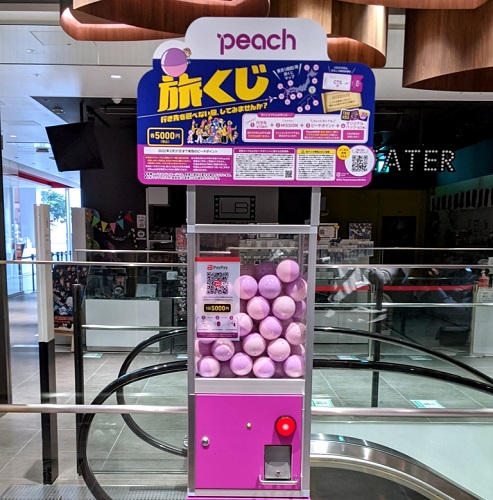
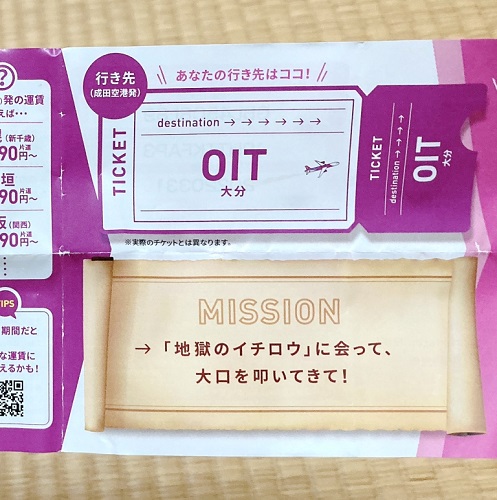
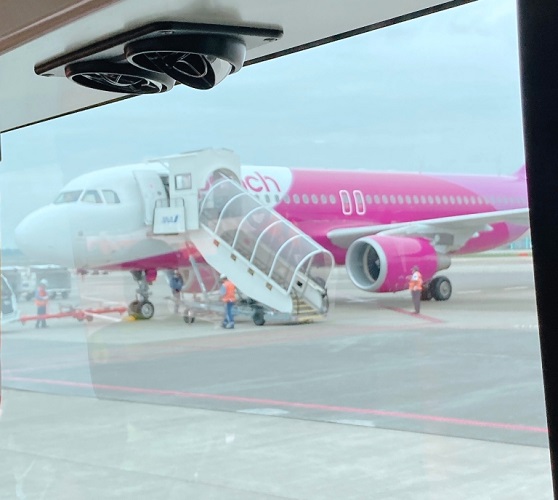
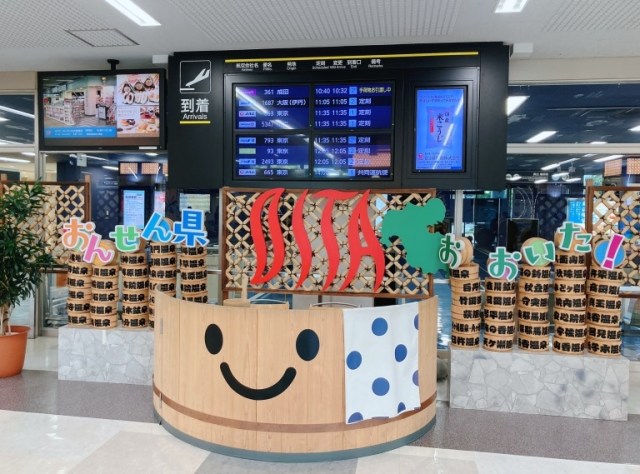
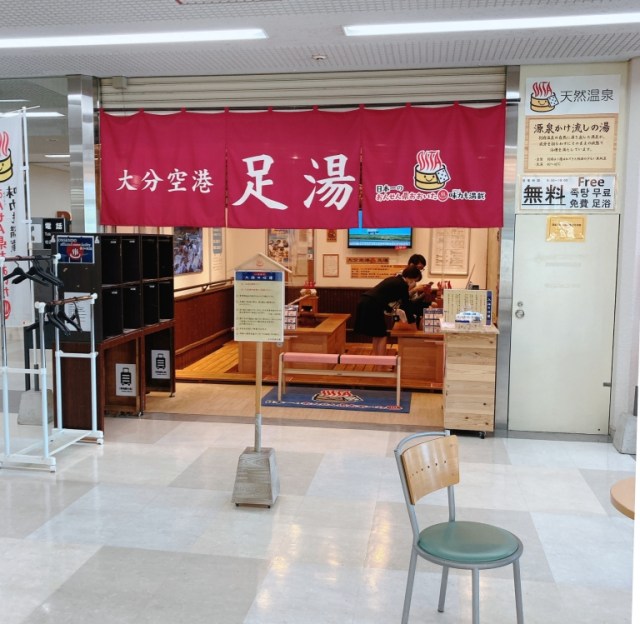
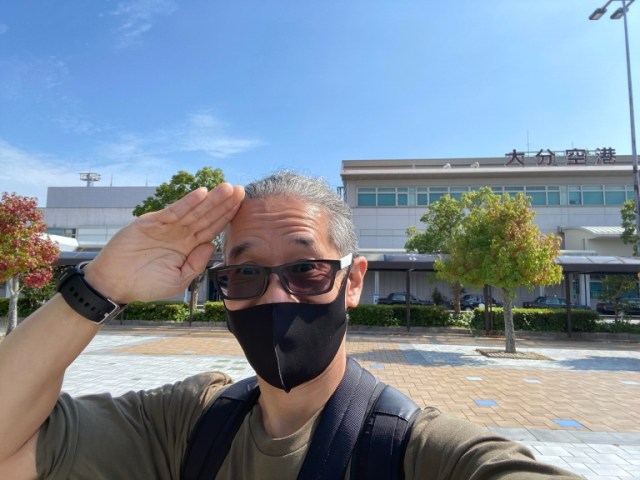
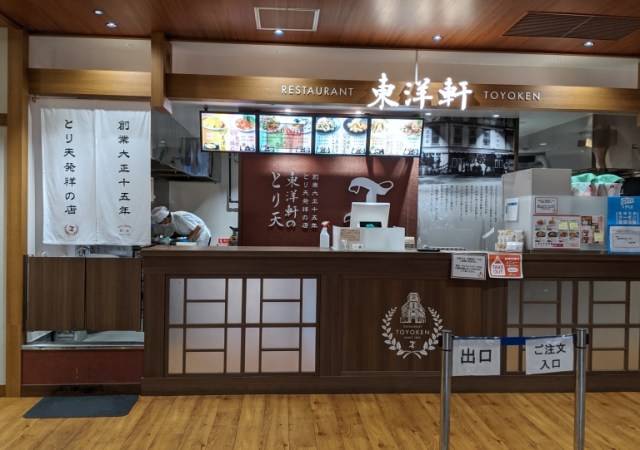
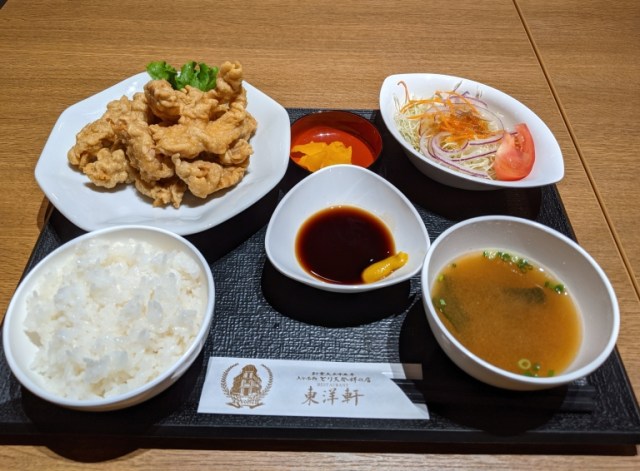

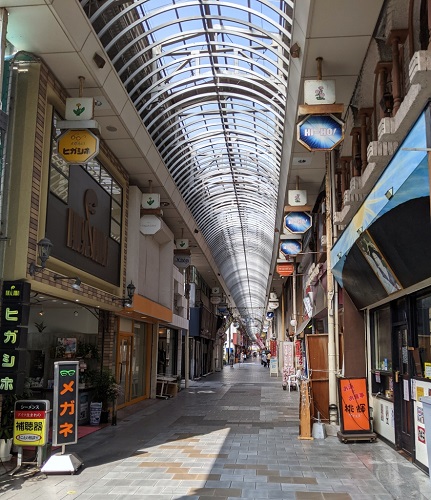
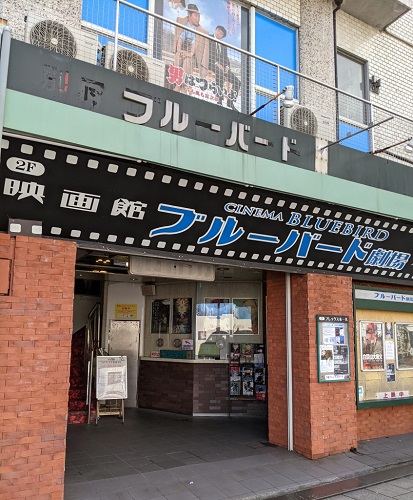
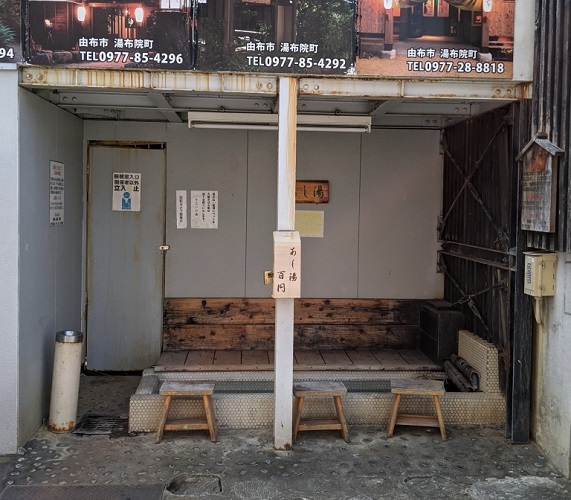
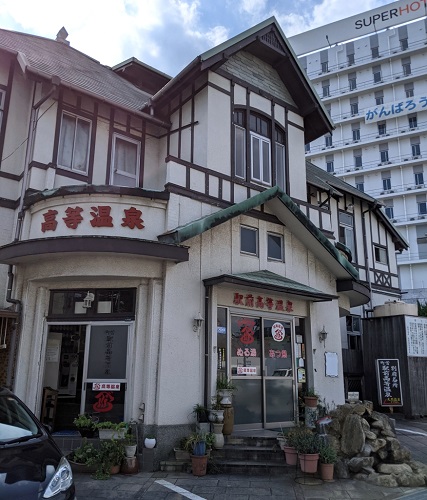
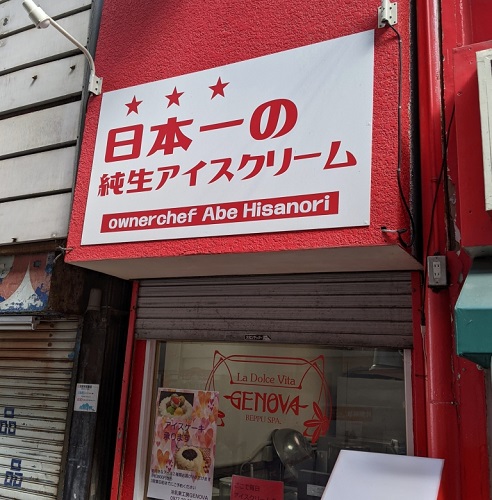
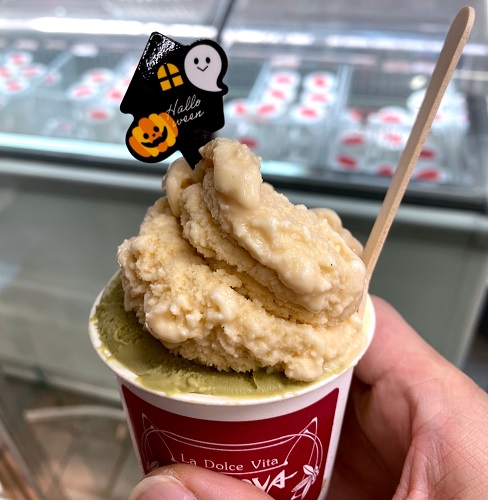
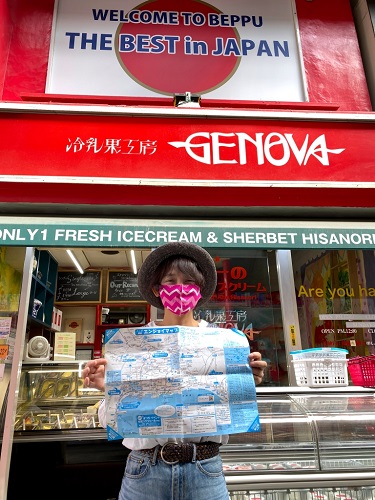
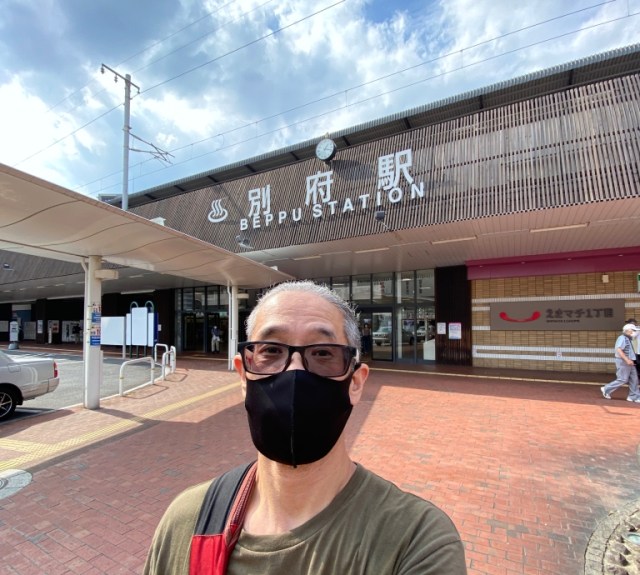

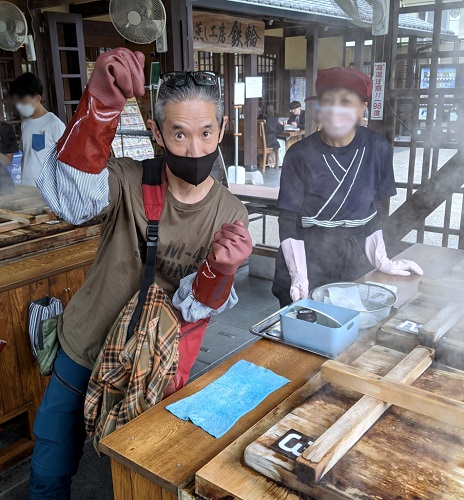
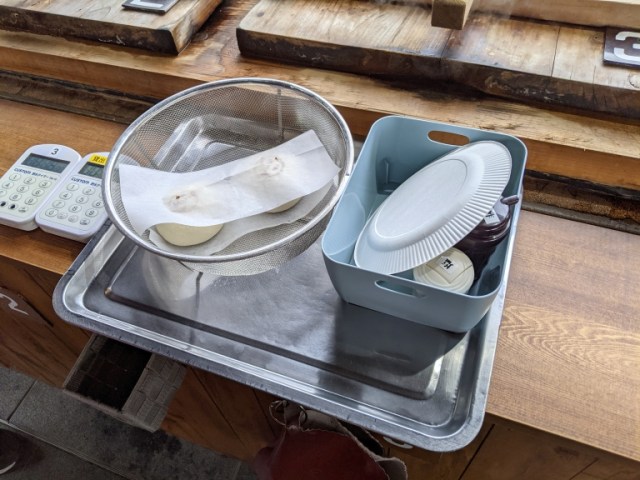
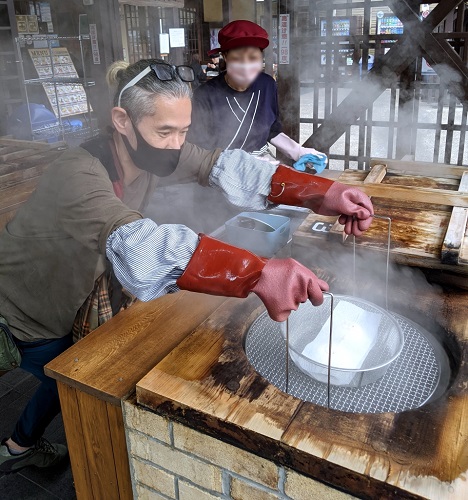
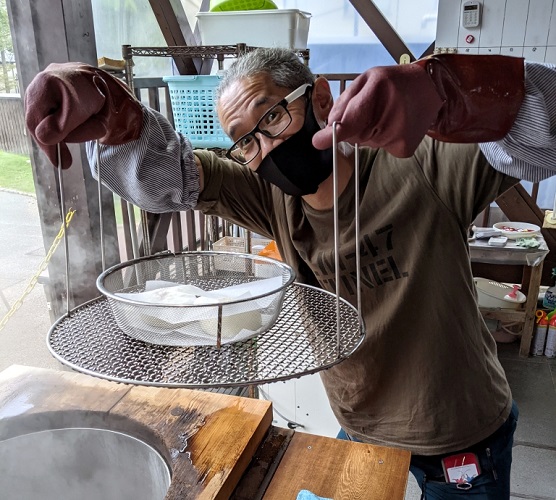
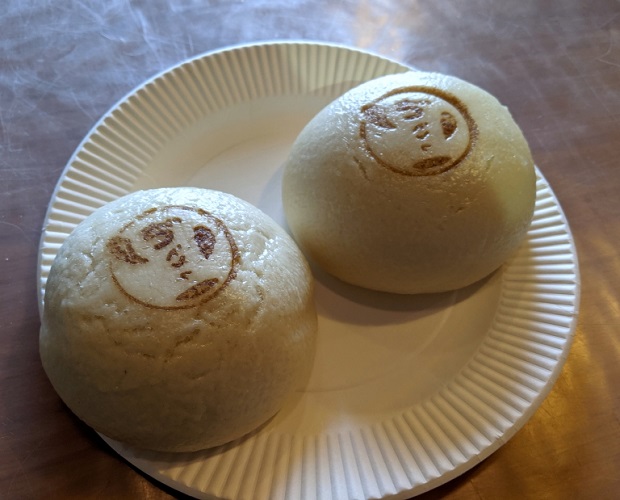
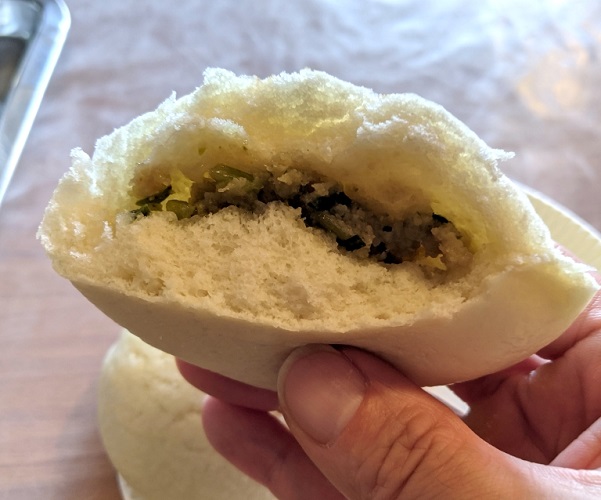
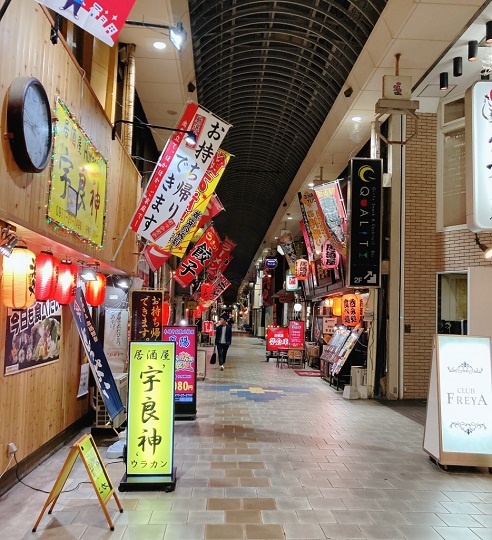
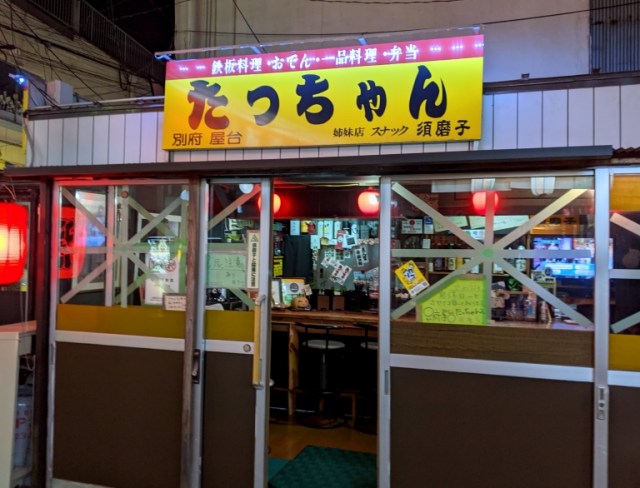
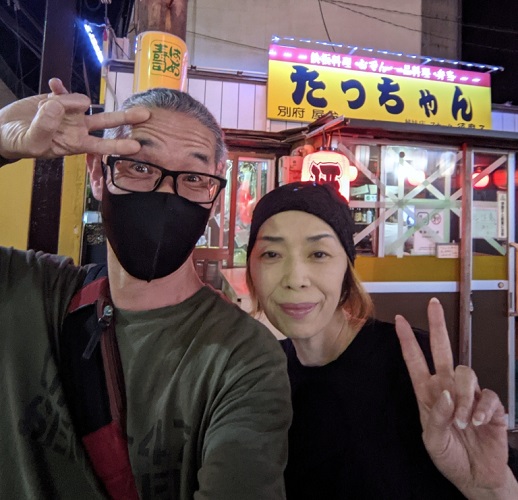
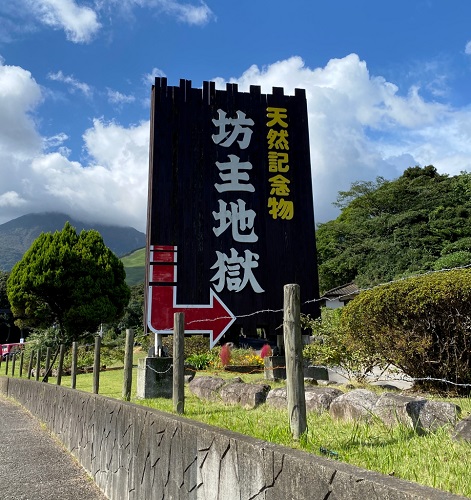
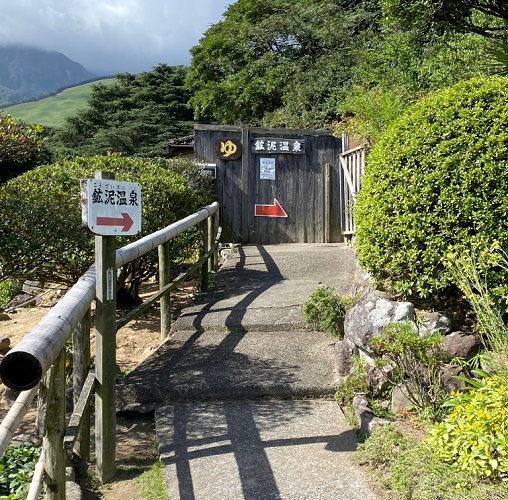
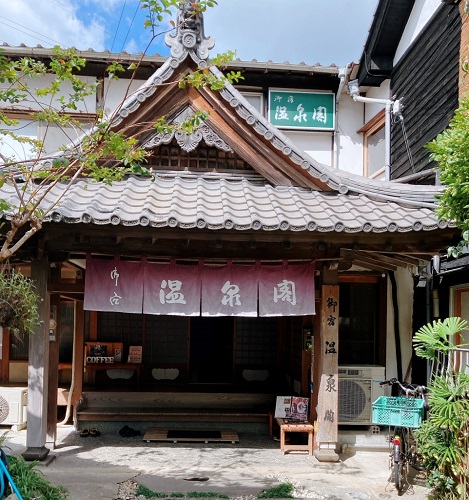
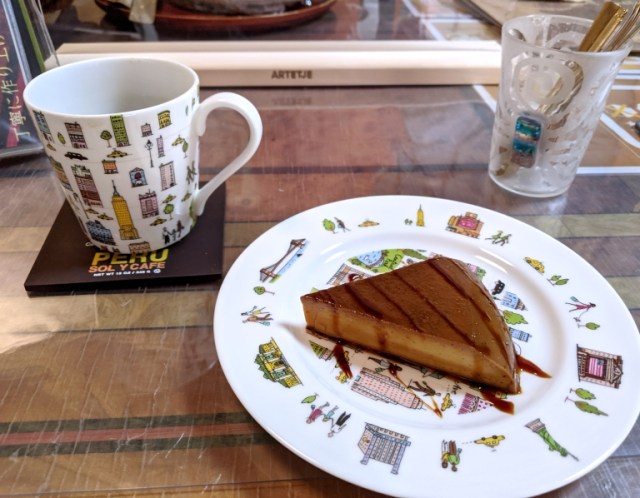
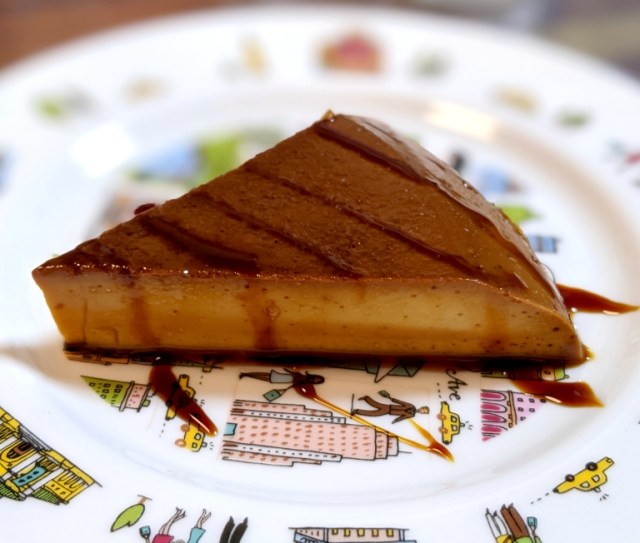
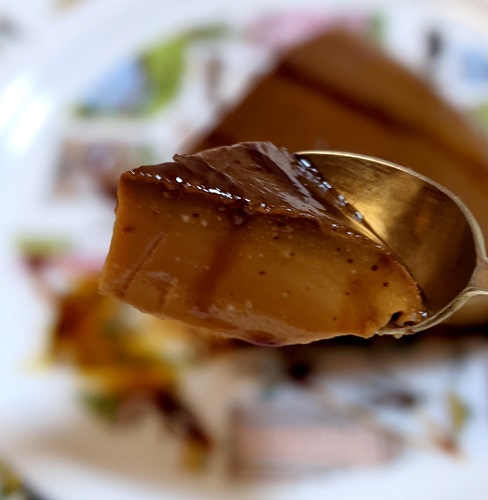
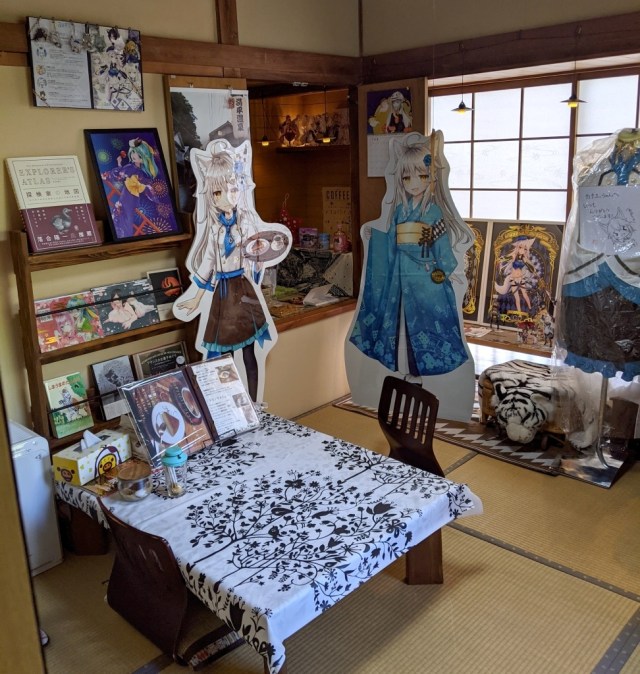
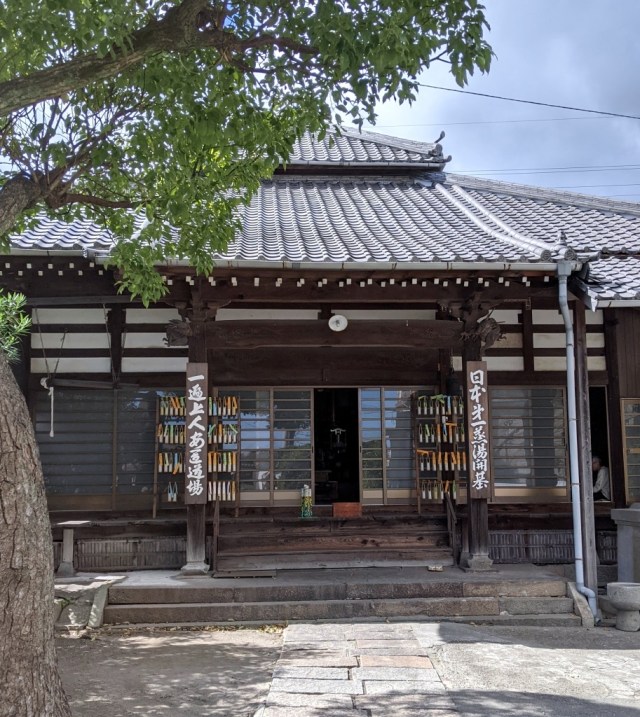
 Japan’s hot spring amusement park has opening date, wants 100 million yen in crowdfunding money
Japan’s hot spring amusement park has opening date, wants 100 million yen in crowdfunding money Soak in a sand bath in Beppu, Japan’s famous onsen region
Soak in a sand bath in Beppu, Japan’s famous onsen region Japan’s most famous hot spring resort runs ad telling us to go to…a different hot spring resort
Japan’s most famous hot spring resort runs ad telling us to go to…a different hot spring resort Famous hot springs of Beppu now offering portable inflatable onsen with authentic Beppu water
Famous hot springs of Beppu now offering portable inflatable onsen with authentic Beppu water Hyotan Onsen – Japan’s only hot spring with three Michelin stars
Hyotan Onsen – Japan’s only hot spring with three Michelin stars Foreigner’s request for help in Tokyo makes us sad for the state of society
Foreigner’s request for help in Tokyo makes us sad for the state of society Japanese-style accommodation at the new Premium Dormy Inn hotel in Asakusa will blow your mind
Japanese-style accommodation at the new Premium Dormy Inn hotel in Asakusa will blow your mind Japanese city loses residents’ personal data, which was on paper being transported on a windy day
Japanese city loses residents’ personal data, which was on paper being transported on a windy day Japan’s summertime towelket pillowcases are even better with the addition of Ghibli stars【Photos】
Japan’s summertime towelket pillowcases are even better with the addition of Ghibli stars【Photos】 Smash Bros. director Sakurai stabs Kirby in the face, has delicious justification for it
Smash Bros. director Sakurai stabs Kirby in the face, has delicious justification for it Ghibli Park now selling “Grilled Frogs” from food cart in Valley of Witches
Ghibli Park now selling “Grilled Frogs” from food cart in Valley of Witches Seaside scenery, history, and so many desserts on Yokohama’s Akai Kutsu【Japan Loop Buses】
Seaside scenery, history, and so many desserts on Yokohama’s Akai Kutsu【Japan Loop Buses】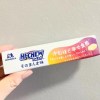 Do Hi-Chew-flavor Hi-Chews have a reason to exist?【Taste test】
Do Hi-Chew-flavor Hi-Chews have a reason to exist?【Taste test】 Should you add tartar sauce to Japanese curry rice? CoCo Ichi makes diners an unusual offer
Should you add tartar sauce to Japanese curry rice? CoCo Ichi makes diners an unusual offer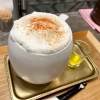 Cappuccino Ramen becomes super popular in Japan, but is it worth the hype?
Cappuccino Ramen becomes super popular in Japan, but is it worth the hype? McDonald’s new Happy Meals offer up cute and practical Sanrio lifestyle goods
McDonald’s new Happy Meals offer up cute and practical Sanrio lifestyle goods Japanese ramen restaurants under pressure from new yen banknotes
Japanese ramen restaurants under pressure from new yen banknotes French Fries Bread in Tokyo’s Shibuya becomes a hit on social media
French Fries Bread in Tokyo’s Shibuya becomes a hit on social media Red light district sushi restaurant in Tokyo shows us just how wrong we were about it
Red light district sushi restaurant in Tokyo shows us just how wrong we were about it New private rooms on Tokaido Shinkansen change the way we travel from Tokyo to Kyoto
New private rooms on Tokaido Shinkansen change the way we travel from Tokyo to Kyoto Tokyo Tsukiji fish market site to be redeveloped with 50,000-seat stadium, hotel, shopping center
Tokyo Tsukiji fish market site to be redeveloped with 50,000-seat stadium, hotel, shopping center Beautiful Ghibli sealing wax kits let you create accessories and elegant letter decorations【Pics】
Beautiful Ghibli sealing wax kits let you create accessories and elegant letter decorations【Pics】 Secret Kitchen bento serves Japanese flowers, birds, wind and moon in a box, but is it worth it?
Secret Kitchen bento serves Japanese flowers, birds, wind and moon in a box, but is it worth it? New definition of “Japanese whiskey” goes into effect to prevent fakes from fooling overseas buyers
New definition of “Japanese whiskey” goes into effect to prevent fakes from fooling overseas buyers Our Japanese reporter visits Costco in the U.S., finds super American and very Japanese things
Our Japanese reporter visits Costco in the U.S., finds super American and very Japanese things Studio Ghibli releases Kiki’s Delivery Service chocolate cake pouches in Japan
Studio Ghibli releases Kiki’s Delivery Service chocolate cake pouches in Japan All-you-can-drink Starbucks and amazing views part of Tokyo’s new 170 meter-high sky lounge
All-you-can-drink Starbucks and amazing views part of Tokyo’s new 170 meter-high sky lounge More foreign tourists than ever before in history visited Japan last month
More foreign tourists than ever before in history visited Japan last month New Pokémon cakes let you eat your way through Pikachu and all the Eevee evolutions
New Pokémon cakes let you eat your way through Pikachu and all the Eevee evolutions Disney princesses get official manga makeovers for Manga Princess Cafe opening in Tokyo
Disney princesses get official manga makeovers for Manga Princess Cafe opening in Tokyo Sales of Japan’s most convenient train ticket/shopping payment cards suspended indefinitely
Sales of Japan’s most convenient train ticket/shopping payment cards suspended indefinitely Sold-out Studio Ghibli desktop humidifiers are back so Totoro can help you through the dry season
Sold-out Studio Ghibli desktop humidifiers are back so Totoro can help you through the dry season Japanese government to make first change to romanization spelling rules since the 1950s
Japanese government to make first change to romanization spelling rules since the 1950s Ghibli founders Toshio Suzuki and Hayao Miyazaki contribute to Japanese whisky Totoro label design
Ghibli founders Toshio Suzuki and Hayao Miyazaki contribute to Japanese whisky Totoro label design Doraemon found buried at sea as scene from 1993 anime becomes real life【Photos】
Doraemon found buried at sea as scene from 1993 anime becomes real life【Photos】 Tokyo’s most famous Starbucks is closed
Tokyo’s most famous Starbucks is closed One Piece characters’ nationalities revealed, but fans have mixed opinions
One Piece characters’ nationalities revealed, but fans have mixed opinions We asked a Uniqlo employee what four things we should buy and their suggestions didn’t disappoint
We asked a Uniqlo employee what four things we should buy and their suggestions didn’t disappoint Free onsen! Kyushu resort shipping hot spring water to homes across Japan in thank-you program
Free onsen! Kyushu resort shipping hot spring water to homes across Japan in thank-you program Mr. Sato channels his inner Elsa, books a night at a Hokkaido ice hotel 【Photos】
Mr. Sato channels his inner Elsa, books a night at a Hokkaido ice hotel 【Photos】 We eat a luxurious Japanese-style buffet breakfast in a restaurant full of wood-carved bears
We eat a luxurious Japanese-style buffet breakfast in a restaurant full of wood-carved bears Conveyor belt sushi restaurants in Japan now offer random airline ticket discount gacha capsules
Conveyor belt sushi restaurants in Japan now offer random airline ticket discount gacha capsules Mr. Sato’s day made from this gacha capsule toy with a special surprise【Pics】
Mr. Sato’s day made from this gacha capsule toy with a special surprise【Pics】 Tokyo police stopped us for random questioning, so we asked them to recommend a good restaurant
Tokyo police stopped us for random questioning, so we asked them to recommend a good restaurant “Grandpa’s F**k it, Whatever Anything Best 3” gacha is today’s weird capsule machine find
“Grandpa’s F**k it, Whatever Anything Best 3” gacha is today’s weird capsule machine find Japanese cafe lets customers enjoy random flavors of coffee using capsule vending machines
Japanese cafe lets customers enjoy random flavors of coffee using capsule vending machines Eating Tokyo’s most expensive pancakes required us to go through a security check
Eating Tokyo’s most expensive pancakes required us to go through a security check Japanese mayor responds to public after “spamusement park” onsen video reaches 1 million views
Japanese mayor responds to public after “spamusement park” onsen video reaches 1 million views Japanese gacha capsule vending machines now sell random-destination airplane ticket discounts
Japanese gacha capsule vending machines now sell random-destination airplane ticket discounts Mr. Sato tries to make himself invisible by wearing mirror paper, creates cool modern art instead
Mr. Sato tries to make himself invisible by wearing mirror paper, creates cool modern art instead Is that restaurant in Tokyo with the giant mecha crab sign any good?
Is that restaurant in Tokyo with the giant mecha crab sign any good? Pretty Princess Sato: Our hero gets his makeup done by a pro, brings all the boys to the yard
Pretty Princess Sato: Our hero gets his makeup done by a pro, brings all the boys to the yard Giant, house-sized Starbucks Mug appears in Tokyo, so Mr. Sato grabs own huge mug to check it out
Giant, house-sized Starbucks Mug appears in Tokyo, so Mr. Sato grabs own huge mug to check it out
Leave a Reply